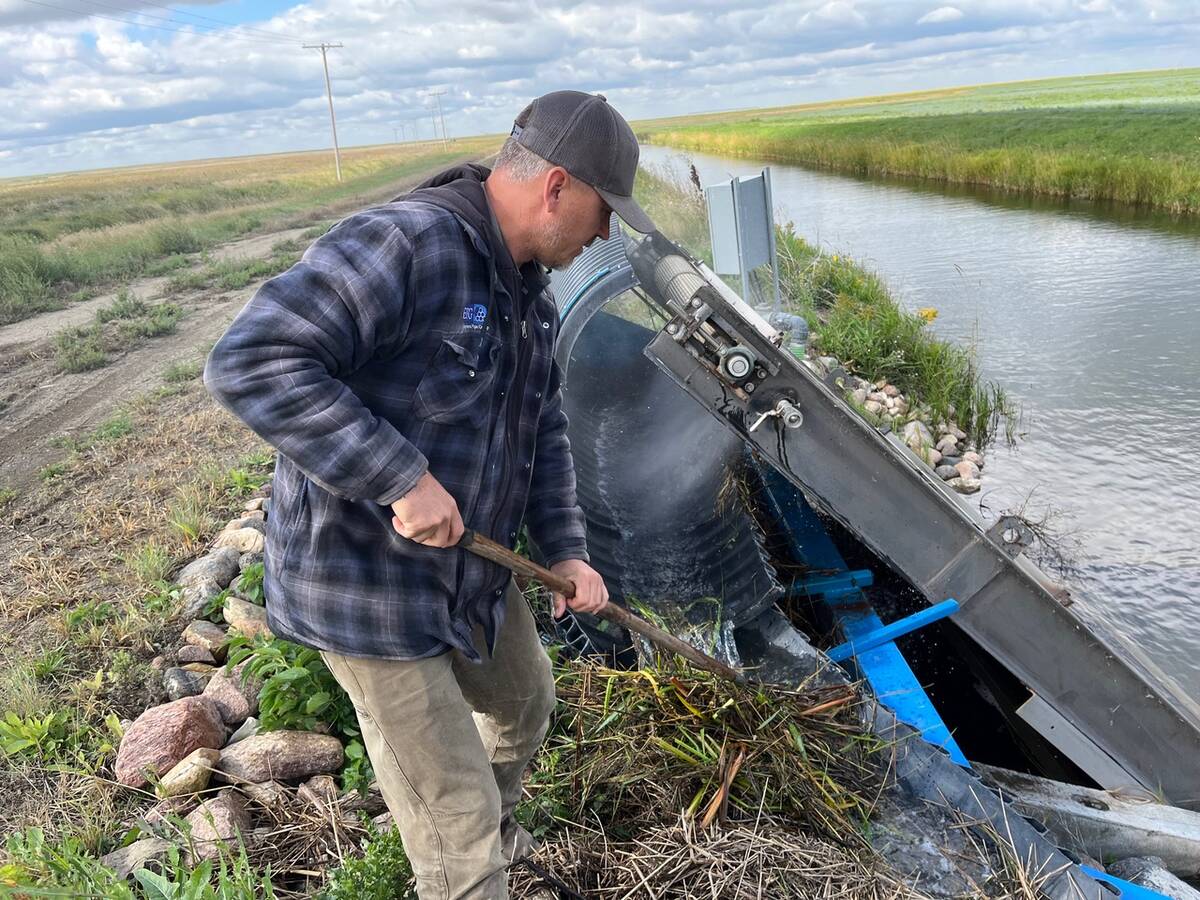A better way to track cattle prices might help restore faith in Canada’s beef marketing system.
University of Guelph, Ont., economist Kevin Grier said some have been requesting that Agriculture Canada produce a report similar to the United States Department of Agriculture’s weekly packer price list.
“We do have a legislated reporting system that requires packers to provide prices and the (USDA) reports them each week,” said Ted Schroeder, a Kansas State University agricultural economist.
“It’s not without its flaws and they keep working to improve it but it does provide a little more information about gross margins to the producer who is looking at how to price his calves.”
Read Also

Saskatchewan farmer uses tile drainage to manage water
The integration of both irrigation and tile drainage results in higher yields, water efficiency, improved soils and less nutrient runoff, says one producer.
USDA also tracks retail sales prices, but Schroeder said that system “does leave something more to be desired.”
He said Canadian producers might benefit from a similar report.
“When an industry is stressed as much as the Canadian cattle business is, it’s natural to want to blame someone, but often it’s hard to find any one thing or group that is at fault. It’s often just a breakdown of the whole process of price discovery and it’s hard to trust in those circumstances,” Schroeder said.
The U of G George Morris Centre produces the Canadian Cattlemen’s Association weekly boxed beef report, which has indicated that the Canadian supply of live animals exceeds the maximum, historical slaughter capacity by 20,000 per week.
Those 20,000 animals used to move live into U.S. markets and this oversupply is keeping fed cattle prices low.
Grier said in his March 8 report to the cattle industry that gross margins for beef packers in Canada in the first week in March were in the $250 per head range.
The George Morris Centre estimates the Canadian packer operating cost before BSE was $150 a head. BSE-related costs have raised that estimate to $170-$200 per head.
Schroeder said cattle producers and feeders should be aware of “where the industry is today, where the money is going … but more importantly, get back to working with all of the other parties, no matter what they think they might have done.”
















